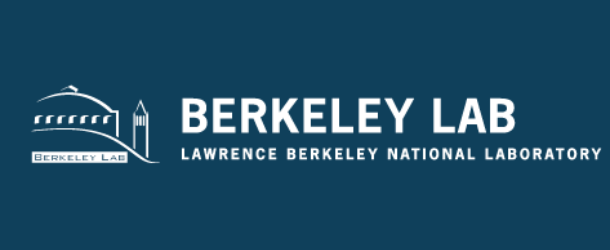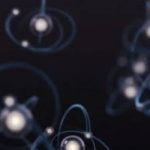New Quantum Sensors & Materials Helping Drive the Impetus for Dark Matter Experiments

(Phys.org) New advances in quantum sensors and detector materials—have also helped to drive the impetus for new experiments in dark matter. Kathryn Zurek at the Department of Energy’s Lawrence Berkeley National Laboratory (Berkeley Lab) has been a pioneer in proposing low-mass dark matter theories and possible ways to detect it. “What experimental evidence do we have for physics beyond the Standard Model? Dark matter is one of the best ones,” she said. “There are these theoretical ideas that have been around for a decade or so,” Zurek added.
Three major priority research directions in searching for low-mass dark matter that “are needed to achieve broad sensitivity and … to reach different key milestones”:
1. Create and detect dark matter particles below the proton mass and associated forces, leveraging DOE accelerators that produce beams of energetic particles.
2. Detect individual galactic dark matter particles—down to a mass measuring about 1 trillion times smaller than that of a proton—through interactions with advanced, ultrasensitive detectors. There are already underground experimental areas and equipment that could be used in support of these new experiments.
3. Detect galactic dark matter waves using advanced, ultrasensitive detectors with emphasis on the so-called QCD (quantum chromodynamics) axion. Advances in theory and technology now allow scientists to probe for the existence of this type of axion-based dark matter across the entire spectrum of its expected ultralight mass range, providing “a glimpse into the earliest moments in the origin of the universe and the laws of nature at ultrahigh energies and temperatures.”





















